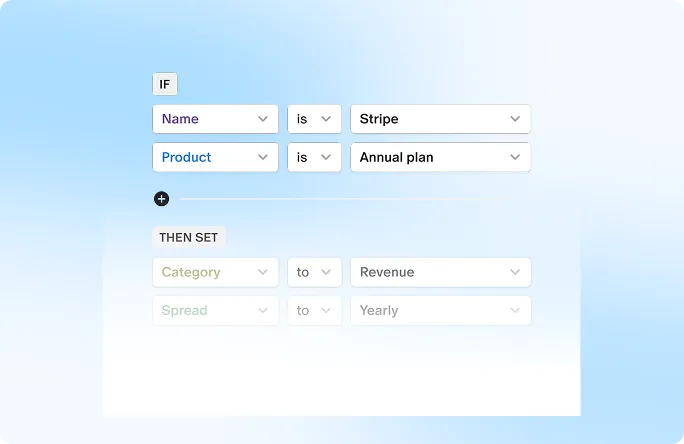In today's dynamic corporate landscape, equity compensation has emerged as a pivotal tool in shaping modern remuneration packages. It intertwines employees' success with the company's growth, fostering alignment and commitment. This blog aims to demystify the intricate world of equity compensation structures. By delving into various formats like stock options, RSUs, and ESPPs, we will illuminate the pathways that link employee incentives with organizational prosperity. Let's embark on a journey to unravel the intricacies of equity compensation together.
Equity Compensation: A Vital Component of Modern Compensation Packages
Equity compensation stands as a pivotal pillar within contemporary compensation packages. Beyond mere monetary rewards, it holds the power to allure and retain top-tier talent. Unlike conventional cash-based incentives, equity compensation forges a lasting bond between employees and their organization's growth trajectory. By sharing ownership, employees become invested stakeholders, deeply aligned with the company's triumphs. This symbiotic relationship propels innovation, fuels dedication, and propounds a collective pursuit of excellence. As we explore the nuances of diverse equity compensation structures, we unravel how this dynamic practice cultivates a workforce intrinsically driven by shared achievement.
Types of Equity Compensation
In the realm of equity compensation, a diverse array of structures empowers companies to incentivize their workforce.
1. Stock options serve as a prominent choice, granting employees the right to purchase company shares at a predetermined price within a specified period.
2. Restricted Stock Units (RSUs) present an alternative, offering employees a promise of actual shares upon vesting. RSUs bypass the initial financial burden associated with stock options, eliminating the need for upfront purchase. However, they often carry specific vesting schedules, ensuring employees remain committed and engaged over time.
3. Employee Stock Purchase Plans (ESPPs) introduce a unique approach, inviting employees to buy company shares at a discounted rate. These plans often include a "lookback" feature, allowing participants to purchase shares at the lower of the stock price at the beginning or end of the offering period. ESPPs facilitate employee ownership while promoting a sense of belonging and shared prosperity.
Each of these equity compensation structures brings its own set of advantages and considerations. Stock options offer potential for substantial gains, while RSUs reduce risk and complexity. ESPPs provide an inclusive opportunity for employees at all levels to participate in company growth. Understanding these structures equips organizations with the tools to tailor compensation plans that align with their goals and values, while also resonating with the diverse aspirations of their workforce.
Factors Influencing Equity Compensation Structures
Equity compensation structures aren't one-size-fits-all; they evolve in response to a range of influential factors. Company stage and growth potential play a pivotal role, as startups might opt for equity-heavy plans to attract talent, while established firms balance equity with cash incentives. Industry norms and competition guide decisions, pushing companies in competitive sectors to offer more attractive equity packages.
Moreover, employee roles and seniority significantly impact structure design. Executives might receive stock options, aligning their interests with long-term company growth, while lower-level employees might benefit from RSUs or ESPPs. These considerations create a delicate equilibrium between attracting talent, conserving resources, and nurturing a motivated workforce. By analyzing these factors, companies can strategically tailor equity compensation, cultivating a culture of equity ownership and aligning employee efforts with broader organizational success.
Balancing Equity Compensation
Striking a harmonious balance between equity and cash compensation is a nuanced art. It involves meticulously finding the right equilibrium to attract and retain talent while maintaining fiscal responsibility. Cash flow dynamics can impact equity grant feasibility, as excessive equity awards might strain resources. Moreover, the delicate task requires considering employee preferences and risk tolerance, as some might prioritize the stability of cash, while others seek long-term growth through equity. This equilibrium respects employees' financial aspirations, aligns with the company's fiscal health, and collectively fuels a motivated and dedicated workforce.
Communication and Transparency
Open lines of communication and transparency form the bedrock of successful equity compensation programs. Clear communication regarding equity compensation demystifies its complexities, fostering employees' understanding and engagement. Educating employees about the value and mechanics of equity grants empowers them to make informed decisions. Furthermore, transparency in disclosing equity-related information cultivates trust and assurance, enabling employees to grasp the impact of their contributions. This cohesive approach strengthens the employee-employer relationship, nurturing a sense of shared purpose and commitment.
Conclusion
In modern compensation strategies, equity compensation structures shine as beacons of innovation, collaboration, and shared success. As we traverse the diverse landscape of stock options, RSUs, and ESPPs, we uncover the intricate web of incentives that connect employees' ambitions with their organization's journey. From attracting top talent to fostering alignment with company performance, equity compensation proves its mettle as a dynamic force in shaping corporate culture.
While the landscape is ripe with potential, it's essential to tread wisely. Navigating market volatility, exit scenarios, and the delicate balance between equity and cash requires strategic foresight and proactive planning. Communication and transparency emerge as non-negotiable elements, grounding equity compensation in understanding and trust.
Ultimately, equity compensation structures stand as bridges between individual aspirations and collective achievements. As we part ways, armed with insights into the intricacies of these structures, let's embark on a shared commitment to fostering an empowered and motivated workforce, where success knows no bounds.


 Equity management
Equity management

 Fund management
Fund management

 Fund management
Fund management

 Fund management
Fund management













-min.png)






























